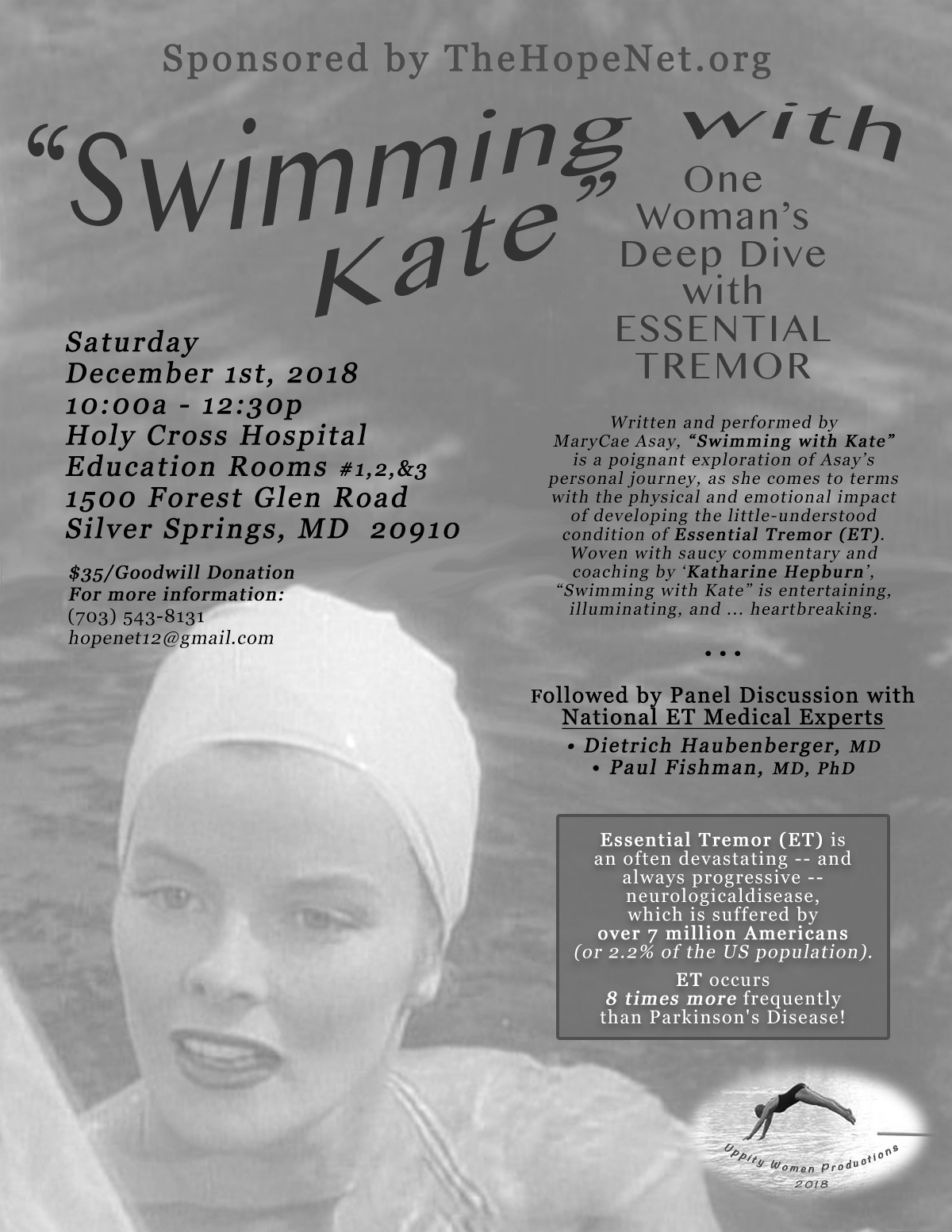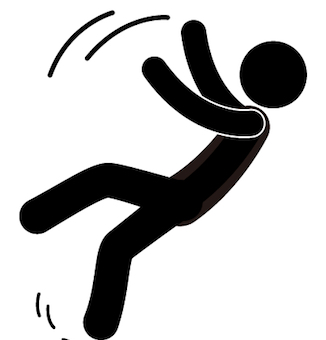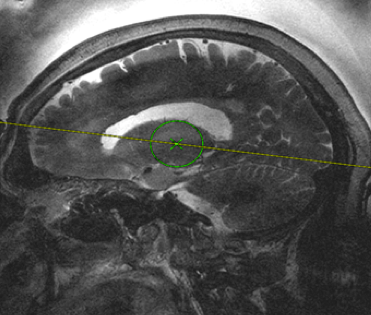Peter Muller, the founder of HopeNet was one of the first in the US to have Focused Ultrasound for his Essential Tremor. A study “Thalamic Tremor Following Focused Ultrasound Thalamotomy for the Treatment of Essential Tremor” has now been published exploring the results of the procedure on his tremor. You can find it here: Thalamic Tremor Following Focused Ultrasound Thalamotomy for the Treatment of Essential Tremor – Osterholt – – Movement Disorders Clinical Practice – Wiley Online Library
Benign Essential Tremor
New therapy enters Phase II testing
Sage Therapeutics is about to begin Phase II testing of Sage-324 for Essential Tremor. There is a lot to learn about the way Sage is thinking about Neurological Disorders on their corporate website at:
- https://www.sagerx.com/programs-research/neurologic-disorders/
- https://www.sagerx.com/programs-research/pipeline/
- https://investor.sagerx.com/news-releases/news-release-details/sage-therapeutics-announces-clinical-updates-and-progress-across
ET, Balance, and Falls
Seven people with ET that I have known have died from falls. While the cause was not exclusively ET, it was a factor in all cases. Personally, my balance and gait have gotten worse. It is a combination of my ET’s progression and the consequence of the surgical treatment of my ET.
I was proud of myself because I had adjusted my balance to prevent falls. I was using my hands constantly while I walked or rose. I thought it was working, but it wasn’t. I had a very serious fall going up the stairs in which I seriously bruised my kidney. I was doing just about everything wrong!
Realizing that, I did something. First, I joined a water aerobics class. Many years ago, Jan Helper in the Columbia ET support group had told the group how well water aerobics had helped her. Finally, I started and immediately saw the advantage of doing it – the buoyancy.
Second, I started doing neurological physical therapy – with the emphasis on neurological. The practice I go to only handles people with neurological disorders. My young physical therapist fully understands movement disorders and their effects on the body. While she is nice, she is tough – constantly pushing. I had Marine Drill Instructors in the Navy; she is nicer but pushes just as hard as they did.
When I started, I walked like an Emperor penguin. I leaned forward – my shoulders were tense. My arms were out to the side, particularly my right one which was tense. I used my hands for everything. I took short steps. I needed to use my core to walk properly. I needed to relax, specifically my shoulders and arms. I had to quit using my hands and learn to rely on my legs.
It is not easy to learn how to walk again. It takes a lot of repetition and strengthening of the legs. Of real importance is to relax, relax, relax.
When my therapist learned I did the water aerobics from 9-10am twice a week, she scheduled me from 11:30-1pm on the same days. It takes me the intervening time to change and drive. An important part of the therapy is that I must be tired. At the end, particularly on Thursday, I am!
It is a long-lasting effort. I must remain committed and persistent.
As I have said repeatedly, everyone’s ET is unique. This may or may not be right for you. However, alternative treatments for ET do work!
— Peter Muller
Could Cerebral Spinal Fluid Imbalance Be Linked to Tremor?
Bruce, at a HopeNET meeting, shared this story:
A friend in the Midwest recently brought up a conversation with her older sister who had onset of balance, mild cognitive, and tremor problems in the past couple of years. Her sister’s doc ran a brain MRI after she fell and struck her head last week and diagnosed her with cerebrospinal fluid (CSF) build up in the brain’s ventricular system. This can apparently cause her symptoms. It should be mentioned also that she was previously diagnosed with spinal stenosis (narrowing of the spinal canal). Apparently, CSF problems can be hereditary in varying degrees.
This story led me to question, could CSF imbalance, including from birth, be an element in the onset of ET? CSF appears to have an influence on the effectiveness of the brain and the spinal cord. https://en.wikipedia.org/wiki/Ventricular_system

Is Having Essential Tremor a Real Risk for Falls?

By Dr. Janice Sallitt, PT, DPT, NCS / JVS Rehab.
The answer to the above question is not a simple yes or no!
As is often the case, it depends on several factors: one of them being where the tremor is located in an individual. The most current medical view is that Essential Tremor (ET) is a syndrome, with tremor being the most obvious symptom. In some cases, it may be the only symptom.
Recent research has shown that tremor of only 1 arm did not show increased risk for imbalance; tremor of the head, jaw, and/or voice did show increased imbalance and fall risk.
Another factor in increased fall risk and/or increased imbalance in a person with ET is age. Persons with ET who are older than age 70 also correlated with increased imbalance and higher fall risk.
At this time, there is little evidence to show the effects of a physical therapy balance/fall prevention program in people with ET; however, in other neurological syndromes, there is a significant amount of evidence over the past 2-3 decades showing decreased fall risk. There is an assumption that, if studied, there would be a high probability that a similar physical therapy program to address the balance deficits would help to lower fall risk.
I hope you find this information helpful and that we can begin much needed studies in this area of ET.
(The above information was a summary of my June 2nd talk to the ET support group in Howard County, MD.)
Neurodegenerative or Not?
There is currently a lot of discussion within the ET research community as to whether Essential Tremor is neurodegenerative. If it is, there is further debate as to what percentage are neurodegenerative of those who have been diagnosed with ET.
When I was first diagnosed with Essential Tremor, I was told I had Benign Essential Tremor. If ET is neurodegenerative, it certainly is not benign. At a time when a lot of attention (rightly so) is being given to the neurodegenerative aspects of such conditions as Alzheimer’s, Dementia, and Parkinson’s, I feel that special attention should be given to this possibly life-altering aspect of Essential Tremor.
Peter Muller
Executive Director

